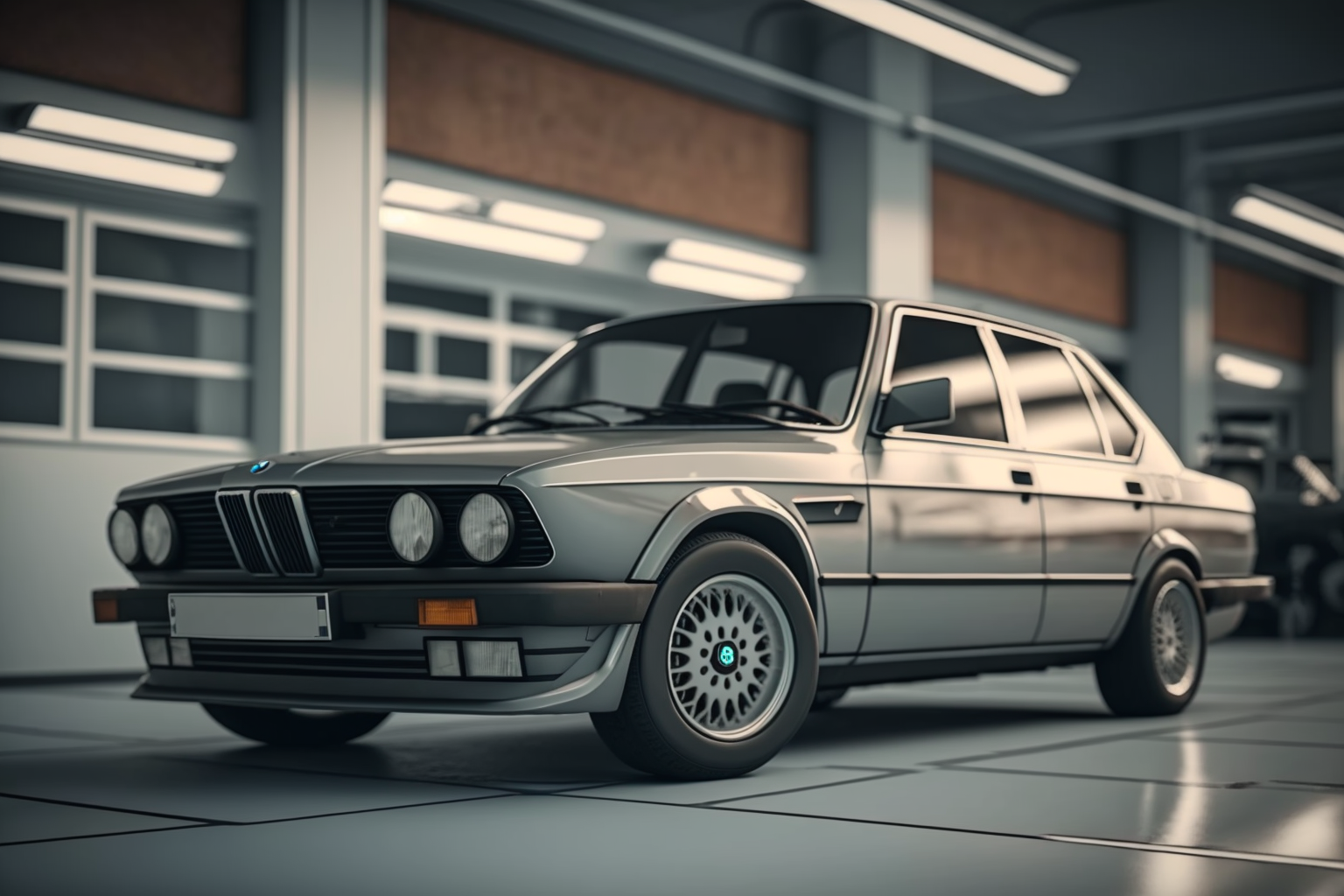Karkrub Review: 1980 BMW 520 2.0 E12
Specs of the Car
The 1980 BMW 520 2.0 E12 is part of the first generation 5 Series, known for its classic and sophisticated design. Powered by a 2.0-liter inline-4 engine, it produces around 115 horsepower and 123 lb-ft of torque. The engine is matched with a 4-speed manual or a 3-speed automatic transmission, providing a blend of efficiency and performance. The car has a top speed of approximately 113 mph and can accelerate from 0-60 mph in 10.9 seconds.
The dimensions of the BMW 520 E12 are 4610 mm in length, 1695 mm in width, and 1420 mm in height, with a wheelbase of 2625 mm. The fuel consumption is rated at around 25 mpg combined.
The History of the Model
The E12 is the first series to bear the 5 Series name and was produced from 1972 to 1981. It marked a significant departure from previous BMW sedans, focusing on the sporty characteristics that BMW later became renowned for. The 520 model was introduced as a more economical and accessible version, appealing to a wider audience. The 1980 model featured some revisions, including improved interior materials and minor exterior changes.
The Development of the Model
The development of the E12 started in the late 1960s, aiming to create a new sedan that combined luxury with performance. Designed by Paul Bracq, the car was known for its sharp lines and driver-focused cockpit. BMW invested in the development of new engines and other technologies to offer an engaging driving experience. Safety was also prioritized, with innovations such as anti-lock braking systems being introduced during the E12’s production run.
Journalist Reviews at That Time of Release
Journalists of the time were impressed by the 1980 BMW 520 2.0 E12’s handling, build quality, and engineering excellence. Many praised its driving dynamics and sporty yet comfortable ride. Some criticisms were targeted at the cost, considered high for a car in its class, and the fuel economy, which lagged behind some competitors. Overall, the car was well-received, solidifying BMW’s reputation as a producer of driver-focused vehicles.
Types of Modifications Typically Done
BMW enthusiasts have been known to modify the E12 to enhance its performance, appearance, and functionality. Typical modifications include engine upgrades, suspension tuning, and aesthetic enhancements.
- Engine Upgrades: Some owners have swapped the stock engine with more powerful variants from other BMW models, increasing horsepower and torque.
- Suspension Tuning: Customized suspensions have been installed to improve handling and offer a sportier drive.
- Aesthetic Enhancements: Many owners have opted for unique paint jobs, wheel upgrades, and interior customizations to personalize the car.
- Brake Upgrades: The addition of modern brake systems to improve stopping performance.
- Exhaust Modifications: Custom exhaust systems for better sound and performance.
Conclusion
The 1980 BMW 520 2.0 E12 remains an iconic vehicle, representing a critical turning point for BMW’s sedan offerings. Its blend of performance, luxury, and timeless design still resonates with enthusiasts today. Though it may not have been the most innovative in every aspect, its balanced approach and driving dynamics left a lasting impression that continues to be celebrated and modified by enthusiasts worldwide.
Karkrub Score: 1980 BMW 520 2.0 E12
Design: 8.5/10
The BMW 520 E12’s design marked a turning point for BMW sedans, with its sleek, sophisticated appearance. The classic lines and well-proportioned body were admired during its era and still hold appeal today. Though not revolutionary, the design was elegant and appealing, deserving an 8.5.
Power: 7.0/10
Powered by a 2.0-liter engine with 115 horsepower, the 520 E12 wasn’t the most powerful car in its class. It offered reasonable performance but wasn’t particularly exhilarating. The power output is satisfactory for the daily drive but lacks the punch desired by enthusiasts, earning a 7.0.
Fun: 7.5/10
The 520 E12 is known for its engaging driving experience. Its handling characteristics and sporty feel make it enjoyable to drive, especially on winding roads. While it might not match modern sports sedans, it offers a genuine connection to the road, deserving a score of 7.5.
Comfort: 7.5/10
With its well-crafted interior and quality materials, the 520 E12 provides a comfortable ride for its era. Seats and ergonomics were carefully considered, and ride quality is decent. However, by today’s standards, some might find it lacking in some comfort features, justifying a 7.5.
Reliability: 7.0/10
While BMW’s engineering is often praised, the 520 E12’s reliability can be a mixed bag. With proper maintenance, it can be a robust car, but some owners have reported issues with parts aging. Considering the era, a score of 7.0 seems fair.
Safety: 6.5/10
For its time, the E12 series introduced some innovative safety features like anti-lock braking systems. However, compared to modern safety standards and technology, the 1980 BMW 520 E12 falls short. Given its period, a rating of 6.5 is justified.
Value: 8.0/10
The 520 E12 offers a blend of performance, luxury, and timeless design at a reasonable price, especially in the vintage market. It has become a classic car with appeal to enthusiasts and collectors. The balance between cost and what it offers makes a score of 8.0 suitable.
Overall Karkrub Score: 7.4/10
The 1980 BMW 520 2.0 E12 is a significant model in BMW’s history, marking a transition towards sportier, driver-focused sedans. While it may not excel in every category, its overall appeal lies in its balanced approach and enduring design. It’s a car that resonates with both classic car enthusiasts and those who appreciate BMW’s driving philosophy, earning an overall score of 7.4 out of 10.

Leave a Reply